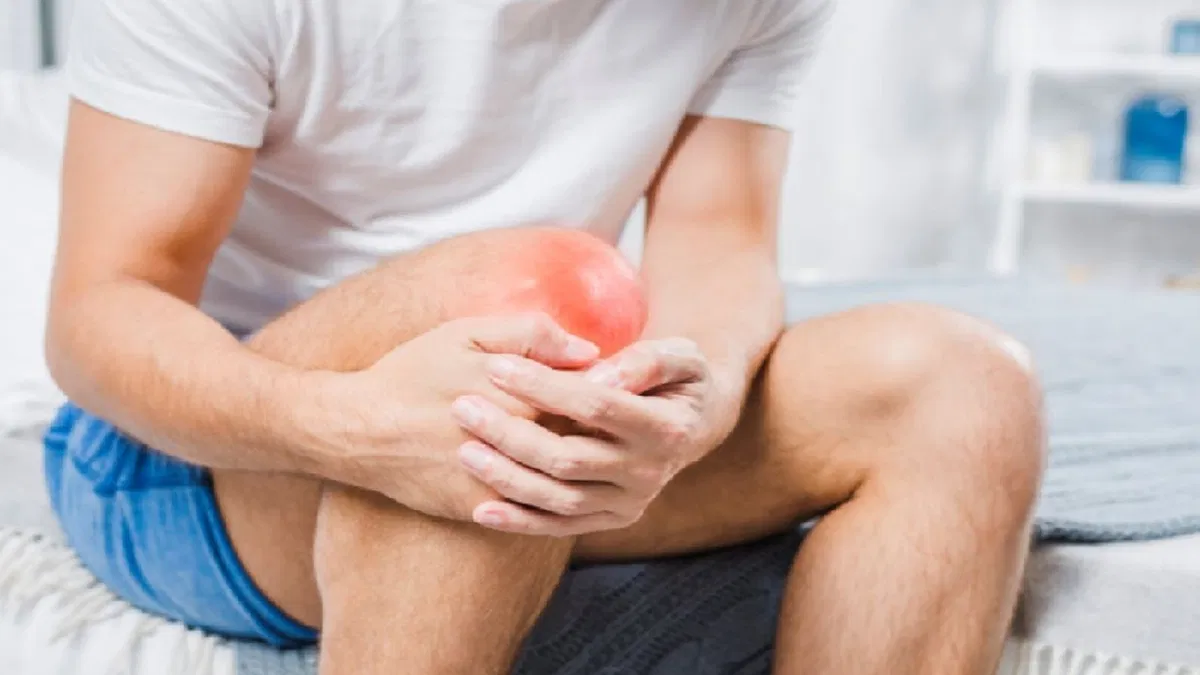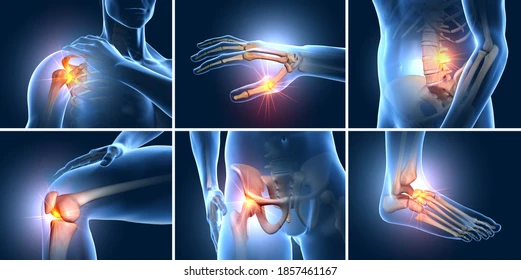What is Osteoarthritis causes and symptoms ??
Osteoarthritis causes and symptoms ??
What is Osteoarthritis ??
Osteoarthritis (OA) is the most common form of arthritis, characterized by the degeneration of joint cartilage and the underlying bone. It primarily affects older adults but can occur at any age due to joint injury or other factors. OA typically affects the knees, hips, hands, and spine, leading to symptoms such as pain, stiffness, swelling, and reduced range of motion. Osteoarthritis (OA) is is a common chronic condition of articular designeration. Secondary changes can occur in bone leading to pain, Decreased functioning and even disability. 55 Yaar elderly people are mostly affected by osteoarthritis disease. Early age from 35 years old and less than 35 also seen affected by this disease. Women are more than three times greater affected by this osteoarthritis than man.

Pathophysiology
-By developing this disease with age the strength of tendons ligaments and muscles declines.
-By apoptosis and inhibiting Proliferation rate number of chondrocytes decline
-Decrease proteoglycans
-Increase interleukin 1 that decrease matrix metalloproteins (MMPs) Proteoglycans
– pain from ( Osteoplytes, synovitis , bursitis ,Tendonitis)
Causes and Risk Factors
- Aging: The risk increases with age due to the cumulative wear and tear on joints.
- Joint Injury: Previous injuries, such as fractures or ligament tears, can increase the likelihood of OA in the affected joint.
- Obesity: Excess body weight places additional stress on weight-bearing joints, particularly the knees.
- Genetics: Family history can influence the risk, suggesting a genetic predisposition.
- Repetitive Stress: Jobs or activities that require repetitive motion can contribute to joint wear and tear.
- Female muscle weakness,
- Obesity,
- Joint trauma,
- Heredity
- Congenital or anatomical defects
Clinical presentation
– Deep localized pain in a joint
-Crackling noise heard in the joined upon moving
-Osteoarthritis most commonly affects hips, knees, spine, feet and hands.
Symptoms
- Pain: Often worsened with activity and relieved by rest.
- Stiffness: Particularly noticeable in the morning or after periods of inactivity.
- Swelling: Caused by the inflammation of the soft tissues around the joint.
- Decreased Flexibility: A reduced range of motion in the affected joint.
- Grating Sensation: A feeling or sound of bone rubbing on bone.
Diagnosis
Diagnosis is typically made through a combination of:
- Medical History: Patient symptoms and family history.
- Physical Examination: Assessing joint tenderness, swelling, and range of motion.
- Imaging: X-rays or MRI scans can reveal joint damage, cartilage loss, and bone changes.
- Lab Tests: Blood tests may rule out other forms of arthritis.
should need proper diagnosis
- physical examination
Misshaped join, decrease range of joint motion, joint tenderness
- Laboratory test
for osteoarthritis has no specific laboratory test allow
- Reveal Synovial fluid
- Increase Leukocytosis and mononuclear lymphocytes
- Radiography
– cartilage damage resulting narrowing of joint space
– osteophyte and subchondral sclerosis are seen

Treatment
While there is no cure for osteoarthritis, treatment focuses on managing symptoms and improving quality of life:
- Medications: Pain relievers (acetaminophen, NSAIDs), topical treatments, and in some cases, corticosteroid injections.
- Physical Therapy: Exercises to strengthen muscles around the joint, improve flexibility, and reduce pain.
- Lifestyle Changes: Weight management, low-impact exercise, and a healthy diet can alleviate symptoms.
- Surgical Options: In severe cases, joint replacement or other surgical interventions may be considered.
- Assistive Devices: Braces, shoe inserts, or canes can help reduce stress on joints.
Note: I discussed proper treatment for osteoarthritis in my next article.
Prevention
- Maintain a Healthy Weight: Reduces stress on joints, particularly weight-bearing ones.
- Exercise Regularly: Low-impact activities like swimming or cycling help maintain joint function and muscle strength.
- Avoid Joint Injuries: Protecting joints during physical activities can lower the risk of OA.
- Healthy Diet: A balanced diet rich in vitamins and minerals, especially calcium and vitamin D, supports bone health.
Osteoarthritis can significantly impact daily life, but with proper management and lifestyle adjustments, many people can maintain a good quality of life.
Note: If you suffer sever osteoarthritis attack and don’t control at home you should go hospital immediately.
If anyone want to more information please send to me your question through the given email address.
Email address: mallicktarun@rocketmail.com
For getting treatment base suggestion please contact or request an appointment.
You may also visit you tube video channel that may helpful to you.
